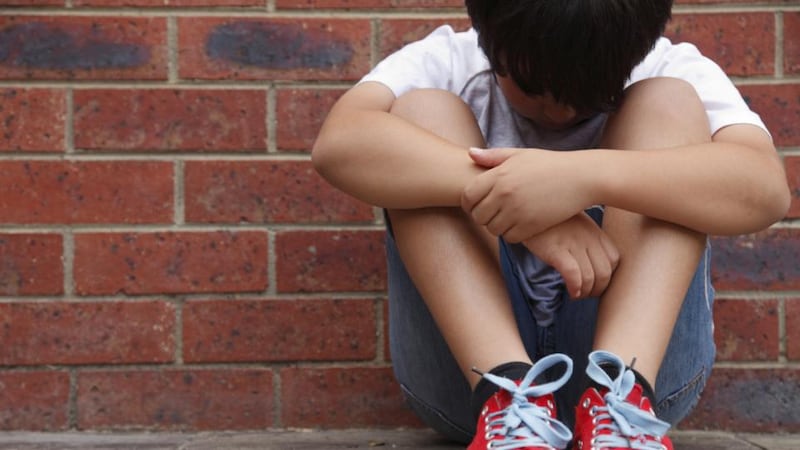My 16-year-old son has started into the two-year Leaving Cert cycle but is out of sorts due to bullying and other issues. He is terrified I will only cause him further trouble if I contact the school to express my concerns. What should I do?
Following a lifetime of experience as both a teacher and guidance counsellor, I have observed that there are often three distinct groupings among young people at second level.
The school I would avoid sending any child to is one which claims not to have any bullying. There is no such reality
A small group of children, often with low self-esteem issues, who are prone to bullying others as a way of experiencing empowerment. Another small group of children who, for a variety of reasons, tend to become the targets for potential bullies. And a large group of “others” whose acquiescence, indifference or active disapproval determines whether bullying flourishes or is stamped out.
The prevalence or absence of bullying activity is determined by how a school both devises and implements their anti-bullying policies. As a parent, you are perfectly entitled to question your son’s school as to what their policy is and, more importantly, how this policy is implemented.

The school I would avoid sending any child to is one which claims not to have any bullying. There is no such reality. It happens among human beings; the #MeToo and Black Lives Matter movements are just the latest manifestations of addressing the disempowerment of groups within society.
In a well-managed school, the management starts from the premise that bullying is part of the picture from day one and addresses it as a core function of all school activity
In a less well-managed school, bullying is addressed on an incident-by-incident basis. It is the equivalent of calling the fire brigade. A serious bullying incident occurs and the school’s discipline structure cranks into full operation. The bully is identified, hauled before the discipline structures, threatened with suspension or worse and the incident is recorded in the school records. In many cases, the bullying continues insidiously in a more covert and subtle form and the victim suffers even more intensely.
In a well-managed school, the management starts from the premise that bullying is part of the picture from day one and addresses it as a core function of all school activity.
The first part of winning this battle against bullying is to convince the entire staff including all teachers that it is part of their remit to implement the school’s anti-bullying policy.
Once onside with the policy, every teacher needs to educate, directly in their class work with students and indirectly in how they interact with them generally, the long-term damage that bullying causes.
The key to creating a safe environment for children to grow is to raise the awareness of the third, far-bigger group of students as to the devastating effects of bullying. Peer norms then become established, which of themselves control the bully within his/her own group.
Such an enlightened policy does not eliminate bullying fully and regular anonymous questionnaires to students can unearth incidents, but it controls it very effectively. To protect your son, ensure that his school implements an enlightened anti-bullying policy.
Have you an education query? Email askbrian@irishtimes.com















